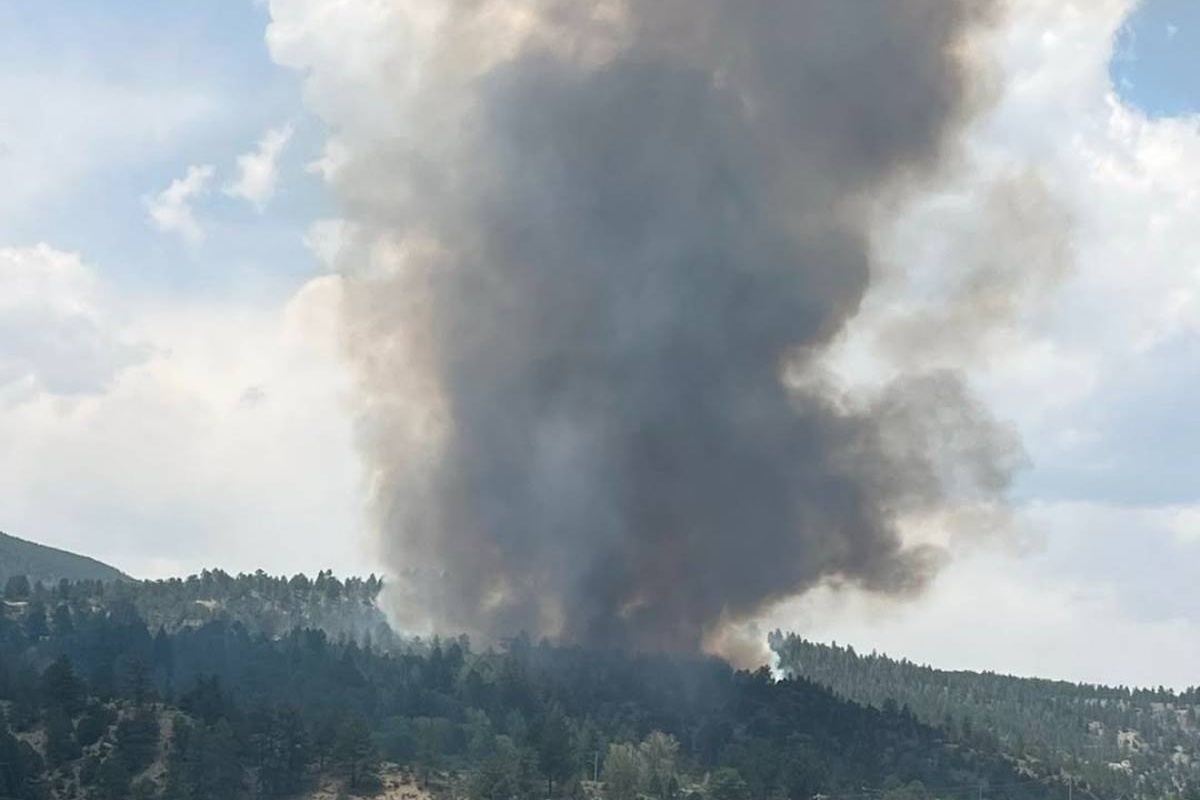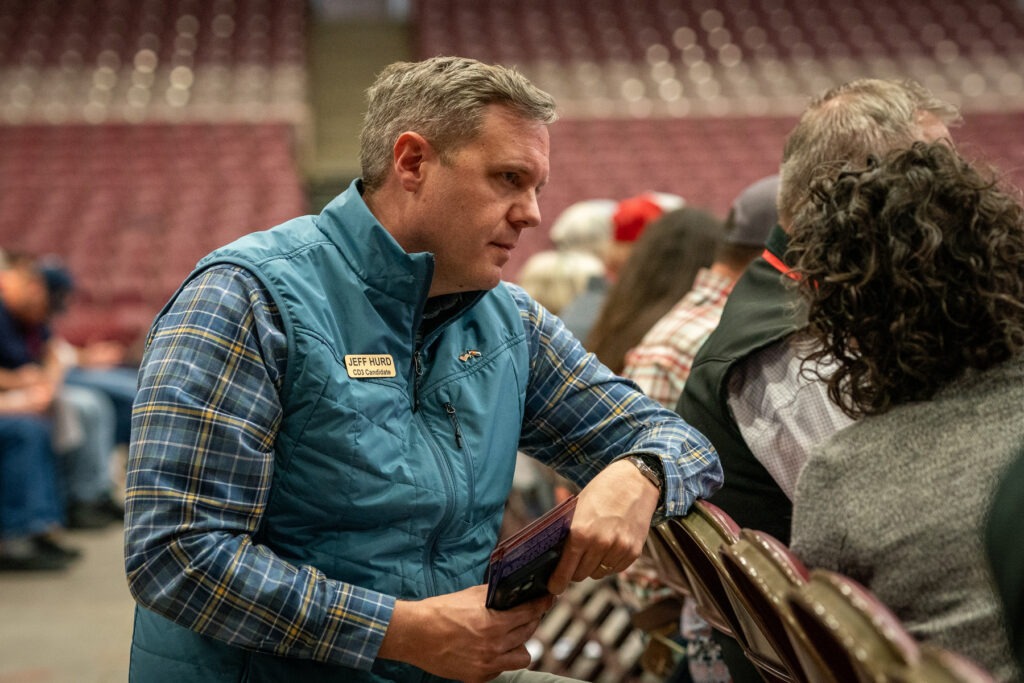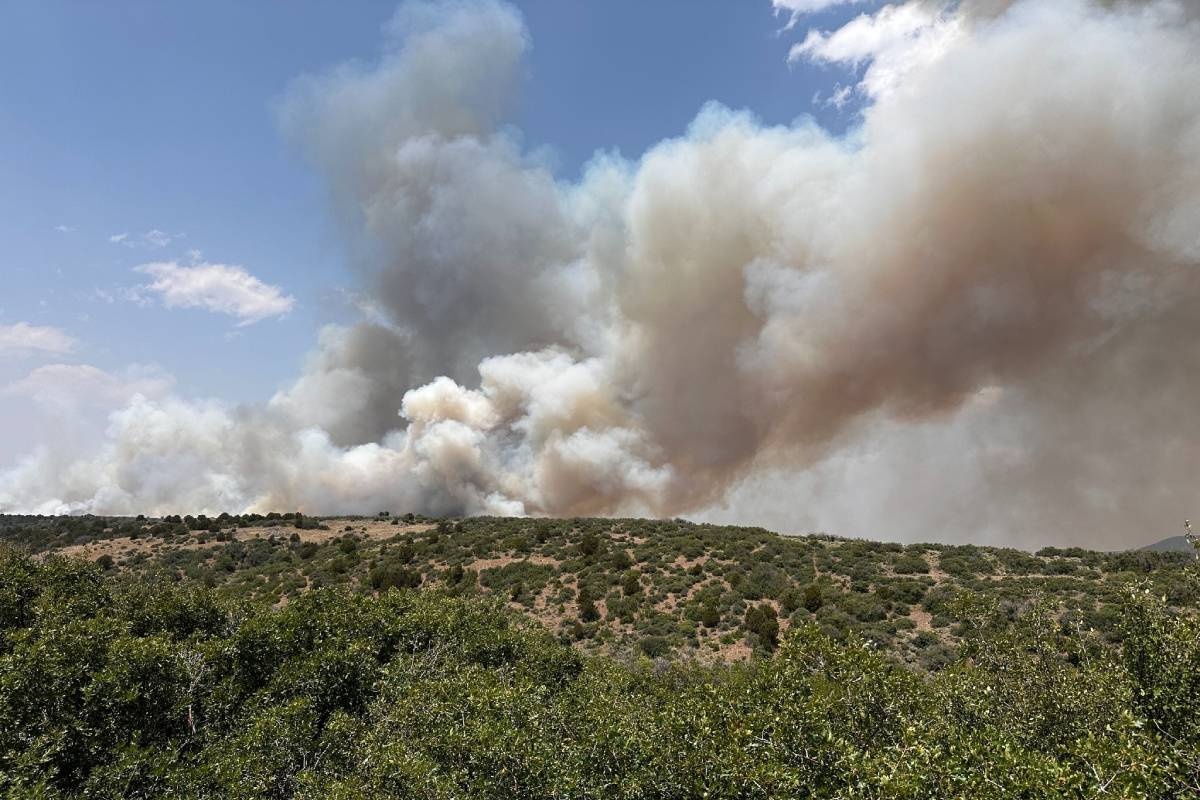The new comprehensive plan for Colorado Springs, known as PlanCOS, is out in draft form, and the city is seeking feedback. City Councilwoman Jill Gaebler is the Vice Chair of the PlanCOS steering committee and says the plan is long overdue.
Interview Excerpts:
KRCC: Why are we long overdue? How important is something like this?
Jill Gaebler: It's very important. It's been 16, 17 years. An update to a plan is usually accomplished every decade or so. The plan that we created in 2001 was largely for suburban development. The city was growing outward.

This plan is largely going to be coming back in. It's time to figure out how we develop the spaces that are undeveloped in the city and redevelop the areas of our city that are blighted or just really need updating, a lot in downtown, south of downtown, west of downtown. All of those areas that that people want to live in and want to come back to.
KRCC: The first survey in regard to PlanCOS received more than 1500 unique responses. 4300 for the second. Do you feel that that's a good enough representation of the residents here?
Gaebler: That is a really difficult question. Compared to other cities that have had this kind of outreach, yes it's significant and we certainly received far more comments than a lot of similar size cities do. Is it complete? Is it adequate? I don't think so, but I don't know how we continue to try to get people's input. We really tried to hit every type of mode of communication, really focusing a lot on online.
We held numerous meetings in all parts of the city focusing on different demographics, whether it's seniors, millennials, low income community members. I think we tried really hard. So I'm comfortable with the effort that we made. I would love to have gotten more feedback. And of course, now that the plan is out in draft form there is yet another opportunity to reach out. I really hope we can get some fresh voices.
And is that our character? Are we just this sprawled out city? Yeah, that's who we are right now, but I don't think that that's who we want to be, for many reasons.
KRCC: What surprised you during the process of creating this plan?
Gaebler: I have been a huge proponent during my whole time on council of really trying to be a voice for the demographic that isn't on council: our millennials, our 30-somethings, our young families. It has been important to me, but I was even surprised at how forthright they were and outspoken about really wanting to live that urban lifestyle. Downtown is such a huge part of that, and creating a downtown that is livable… supermarkets, walkable kinds of communities. I mean that has always been my mantra, but they really came in and told us that that's what they want, and the plan really does push forward those types of changes to our physical development growth.
KRCC: How do you implement what makes something feel urban without losing the character of Colorado Springs, or challenging the character of Colorado Springs?
Gaebler: Sure, and I think the definition of character and what that means to our community, you know, you would get different answers to that. We are a huge geographic city as you probably know—200 square miles of city—so we are trying to maintain all of the infrastructure in that huge landmass.
And is that our character? Are we just this sprawled out city? Yeah, that's who we are right now, but I don't think that that's who we want to be, for many reasons. Mainly from a city leadership perspective, we can't afford to maintain that city without the density of people paying taxes in it.
KRCC: There is already a lot of development happening right now. How do you take into account what's already actively happening while engaging in the process of this plan?
It's time to figure out how we develop the spaces that are undeveloped in the city and redevelop the areas of our city that are blighted or just really need updating.
Gaebler: That's a really good question. I mean there's a lot of great development happening in the heart of the city in downtown. And I'm really excited about a lot of that development, a lot of it's residential.
There continues to be other developments, especially suburban, that do concern me. I would really like to see development start to look at, I hope they're looking at this plan, because the plan really tries to focus on more traditional development that is more on a grid—fewer cul de sacs that don't go anywhere, focusing on connectivity, multiuse types of development. These development plans are still coming to us on council and they don't [do that]. So we do have somewhat of a disconnect and it's going to take some time for developers to kind of come onboard.
I have been in conversations with [developers] throughout this whole process, and it has been a lot of push and pull on them telling us rightly, "Jill, when we develop a neighborhood, those cul de sac units are the first to sell. Everybody wants to live on a cul de sac." So there will be continue to be some give there and [in] how we accomplish our development. But I think we're slowly but surely coming together.
This interview was edited for length and clarity purposes.
Several community meetings have already been held across the city to address the draft PlanCOS. Remaining meetings are as follows:
July 25, 6-8 p.m. with Jill Gaebler at the Patty Jewett Golf Couse, 900 E. Espanola St.July 30, 6-8 p.m. with Andy Pico at the CSPD Stetson Hills Division, 4110 Tutt Blvd.
You can also review the plan online, which also provides options for submitting comments on PlanCOS. Comments are due by August 6.









